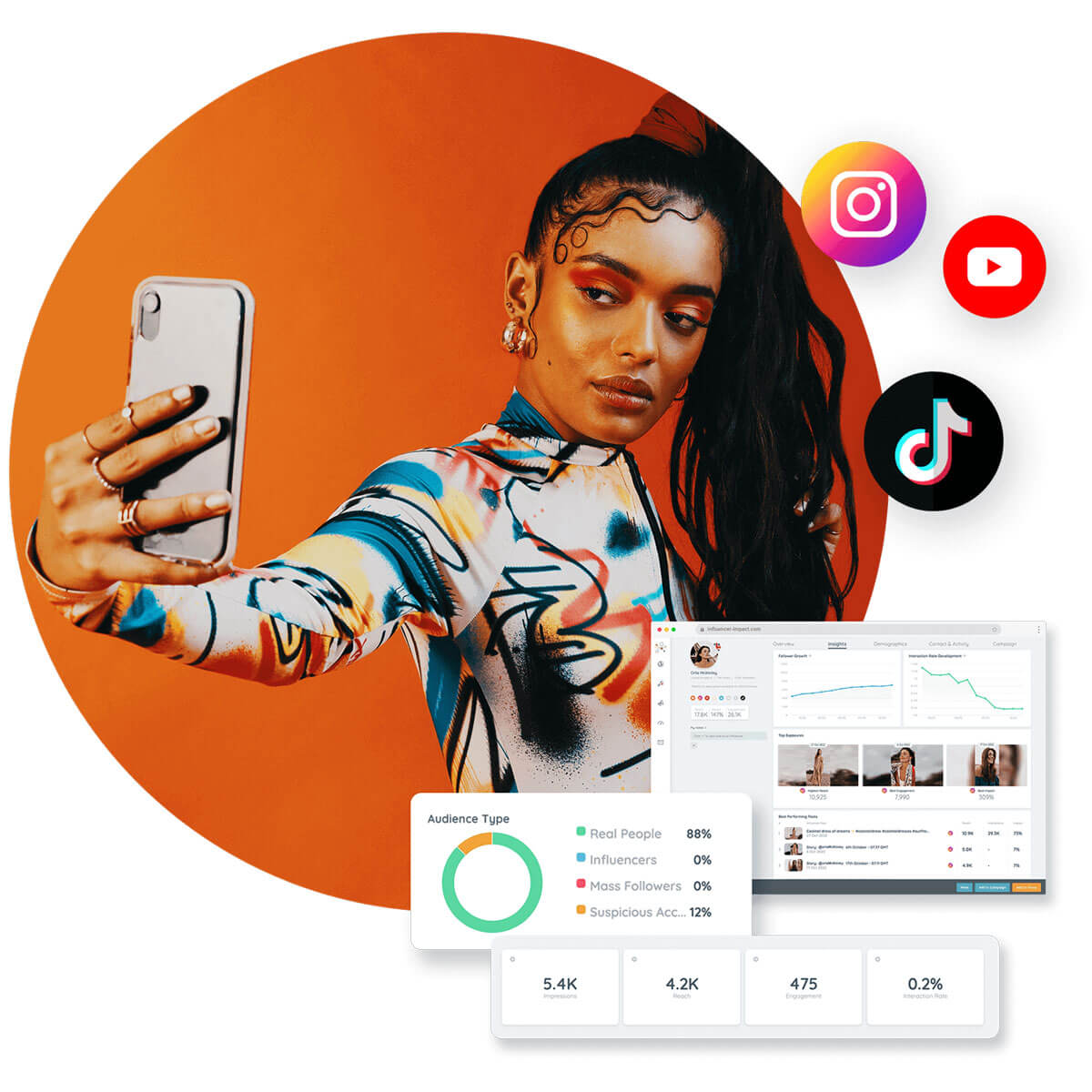Influencer marketing has become an increasingly popular strategy in the age of digital. It allows brands to connect with their audience in a genuine way and effectively. The convergence of an influencer marketing strategy and the key performance indicators (KPIs) and the return on investment (ROI) is the crucial element to unlock its full potential. This article will explore the complexities of influencer marketing and how a unified strategy can result in amazing results.
Influencer marketing: How to come up with a strategy that is effective
A well-thought-out strategy for marketing is essential to achieving success with influencers. It is not only important to establish a relationship with famous people who are well-known however, you should also align your brand with those who can authentically share your message. Influencer marketing includes:
Identifying objectives: Be clear about the goals you want to achieve through collaborating with influential people. Do you want to improve brand awareness, boost sales, or create thought leadership through influencer collaborations? Each objective calls for an entirely different approach.

Select Influencers Carefully: Only select influencers whose values align with the mission of your brand. A fitness-focused influencer might not be the right fit for a luxury fashion brand, for example.
Content Alignment: Work with influential individuals to create content that seamlessly integrates your brand’s message and while reflecting the authentic voice of your influencer.
Distribution Plan: Decide on how and where content is distributed. It could be via social media, blogs or in-person meetings. For more information, click influencer marketing kpi
Measuring Influencer Marketing Success with KPIs
The effectiveness of any influencer marketing campaign is dependent on the efficient use of important performance indicators (KPIs) to assess the impact of your campaign. KPIs are quantitative measures that offer insight into the success of your marketing campaign. KPIs vary based on the goal of your campaign, however, the most popular include:
Engagement Rate: This measure gauges the level of interaction an influencer’s content receives from their followers. This is comprised of comments, likes and shares, as well as clicks.
Follower growth: The increase in the number of followers following your brand can give you an accurate indication of how well it connects with your customers.
Click-Through Rate (CTR): CTR measures the percentage of customers who click on a hyperlink offered by the influencer in order to find out more about your product or service.
Conversion Rate: Conversion rate will tell you how many users who engaged with the influencer’s posts actually performed an intended action such as making a purchase or signing up to a newsletter.
Uncovering the Real Impact of Influencer Marketing ROI
Understanding ROI is crucial for companies that invest in the influencer marketing of influencers. ROI determines the value of your investment in relation to its cost. In order to calculate influencer marketing ROI, you must consider both tangible and non-tangible aspects.
The tangible benefits include immediate results that are quantified, for example, the amount of sales made by the campaign, the new customers gained or a rise in the amount of traffic that goes to the website.
They are still important. These include factors such as greater brand awareness and better brand perception.
The calculation of ROI. The formula is (Net Profit/Cost of investment) (x100). Be aware that a positive return on investment doesn’t always mean immediate financial gain. Positive intangibles can influence the effectiveness of your campaign.
Understanding the Lifetime Value: To fully grasp the impact of an influencer’s advertising campaign, think about the value over time of acquired customers. The effect of the campaign can be extended well beyond the initial phase if an influencer’s message will result in regular customers.
Influencer marketing, when taken in its entirety is a multi-faceted strategy that requires thoughtfulness. Influencer marketing strategies, KPIs and evaluation of ROI are closely linked to ensure the success of the campaigns. The creation of a strategy that aligns with your brand’s objectives and principles is the base for fruitful influencer collaborations. Subsequently, employing the right KPIs can help you measure the effectiveness of your campaign, providing insight into its impact and reverberation.
When it comes to ROI its calculation, it goes beyond simple numbers, covering tangible and intangible gains. It’s about understanding how the whole effect of influencer advertising on consumer perception, trust and the potential for long-term growth. Brands can maximise the power of influencers when they combine the elements of influencer marketing into a unified marketing strategy. This will allow them to build lasting relationships with their intended audience. Ultimately, the harmonious interplay of KPIs, strategy, and ROI fuels influencer marketing’s evolution from a trend into an ongoing and effective marketing approach.